

Order: Opiliones, Harvestmen
Family: Trogulidae
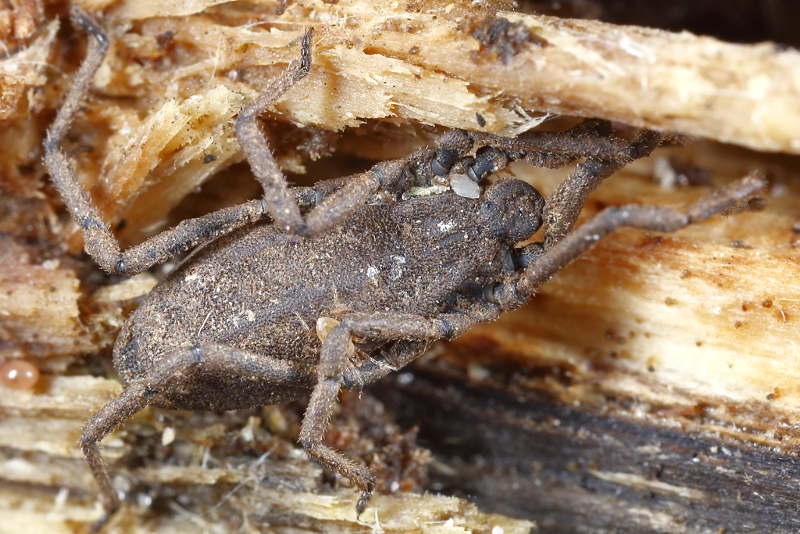
Trogulus closanicus
Overview species:
- Family: Trogulidae, 4 species in the Netherlands, pictures from 3
- Anelasmocephalus cambridgei (Westwood, 1847)
- Trogulus closanicus Avram, 1971.
- Trogulus nepaeformis (Scopoli 1763)
- Trogulus tricarinatus (Linnaeus, 1758).
Trogulidae
This group of harvestmen looks quite different than the others. Instead of a round ball with long legs are this oblong animals with short legs. Well there are also two eyes on a hillock. These animals also have hairs where between sand and such stays in place as with Homalenotus, so that they are well camouflaged. They are predators on snails and they are rare in the Netherlands.
Anelasmocephalus cambridgei
Very small is Anelasmocephalus cambridgei The females are up to 3.9 mm, males up to 3.5 mm. The species is very hard to find and in addition very rare. By seven leaves of the forest floor above a white sheet at a known location, I succeed to find one. They have a lot of long hair on the legs and are therefore easyly distinguished from the Trogulus species.
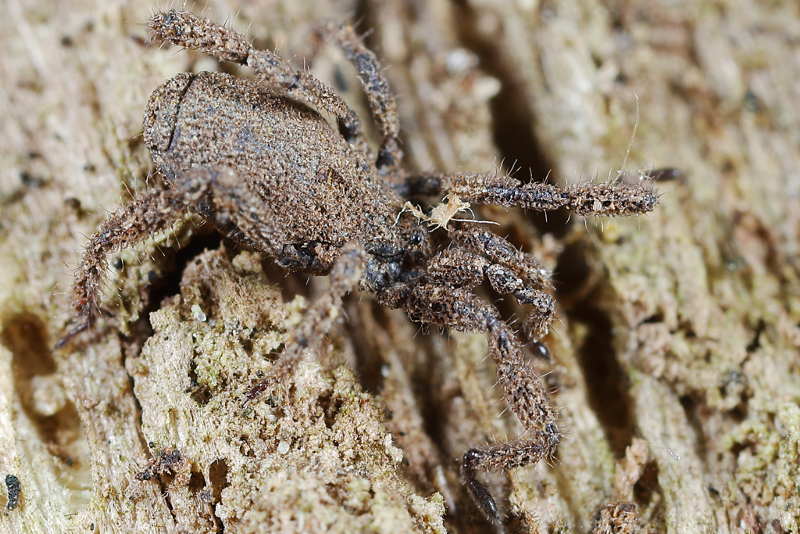
Anelasmocephalus cambridgei
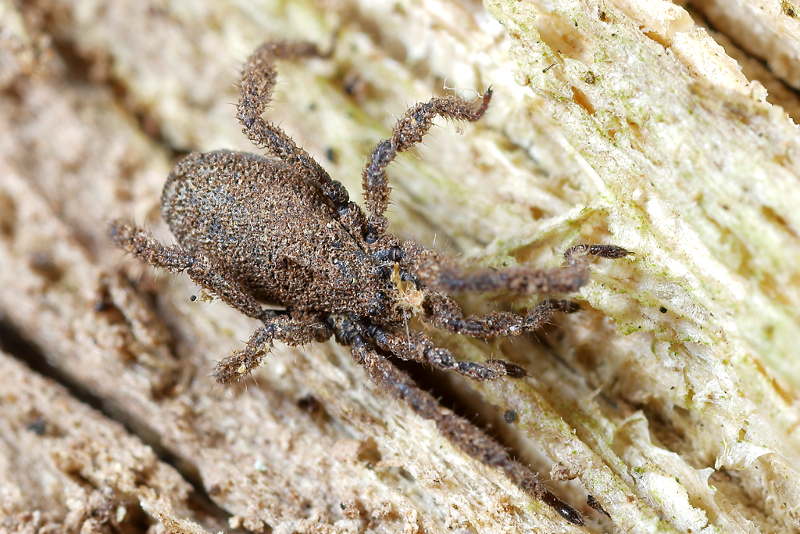
Anelasmocephalus cambridgei

Anelasmocephalus cambridgei

Anelasmocephalus cambridgei
The Trogulus Group is described by Wijhoven et al 2014.
Because of this there is clarity in the whether or not occurrence of the
three species Trogulus in The Netherlands. (Wijnhoven et al 2014).
The article contains a Key to bring the species to a name.
On the photos are two main distinguishing characteristics indicated.
Because the specimens are in alcohol the color is not like those in live animals.
The first picture shows the triangle that indicates the relative dimensions of interocular distance and length of head cap,
you do recognize the species by that.
The second legs are on the other photo. Here's difference between the species too. The length proportions
of the last three parts, tibia, metatars and tars, are different in the species.
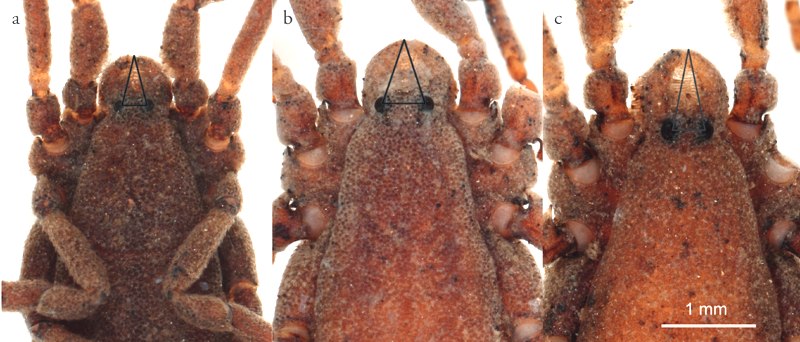
a.Trogulus tricarinatus female b.T. closanicus male c.T. nepaeformis male
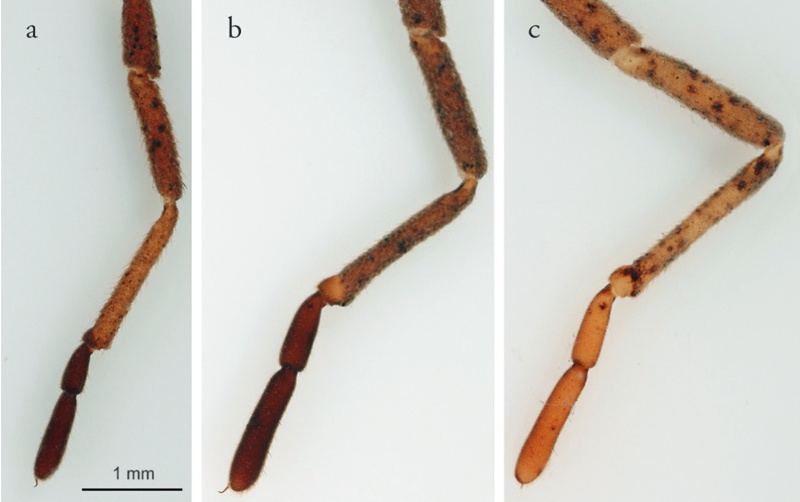
a.Trogulus tricarinatus female b.T. closanicus male c.T. nepaeformis male
Trogulus closanicus
In this species the eyes are far apart and are found more male than female. In traps are the males even five times as often present than the females. The females are up to 7.6 mm, males up to 6.5 mm.
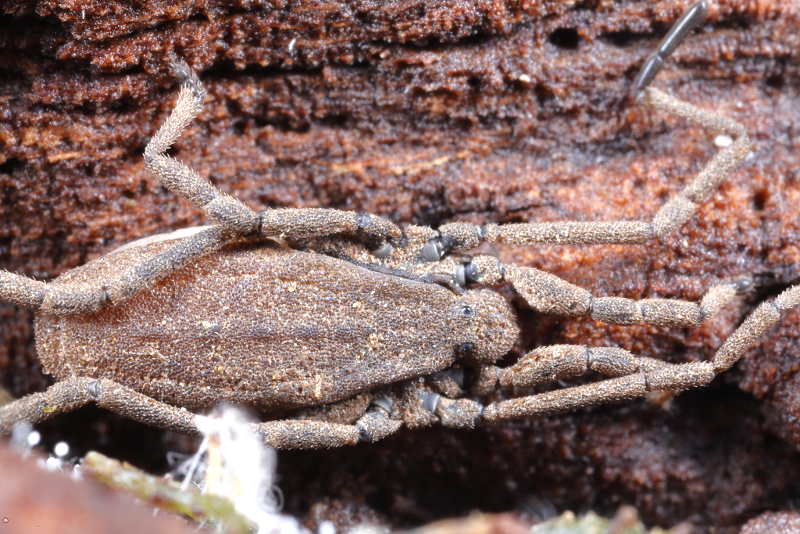
Trogulus closanicus
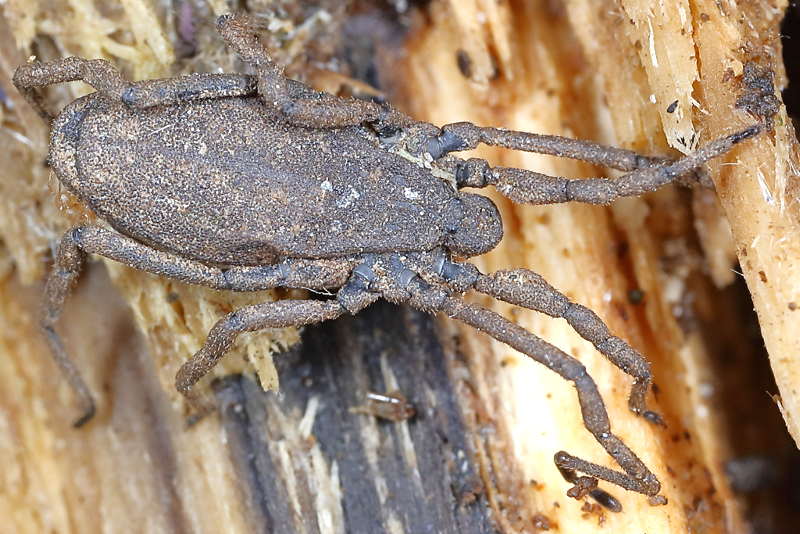
Trogulus closanicus
Trogulus tricarinatus
This is the smallest of the three Dutch species. The females are up to 5.9 mm, males up to 5.1 mm. The animal of the picture is the first one found by Dick Belgers in Noord-Braband. Of this species almost only female are found so it is believed to reproduce parthenogenetic.
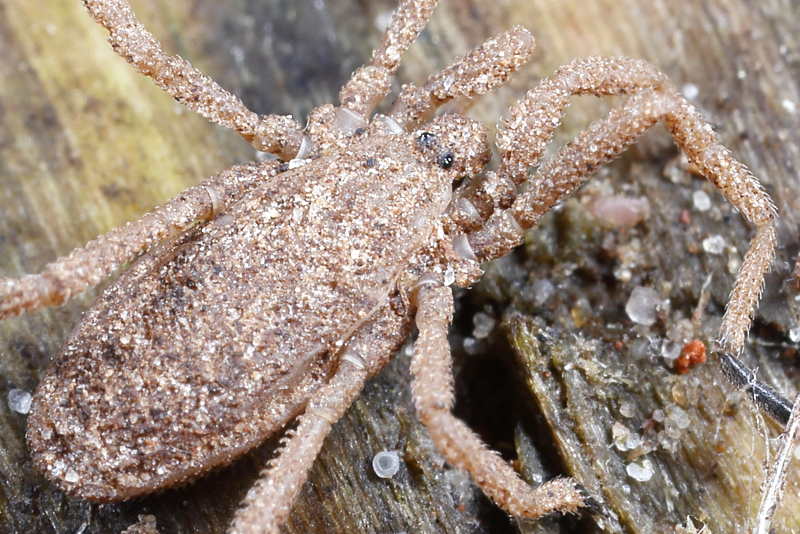
Trogulus tricarinatus
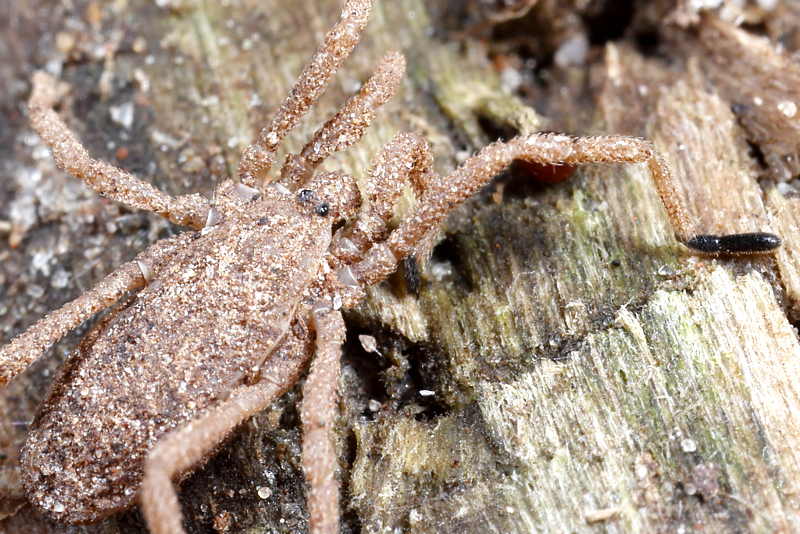
Trogulus tricarinatus
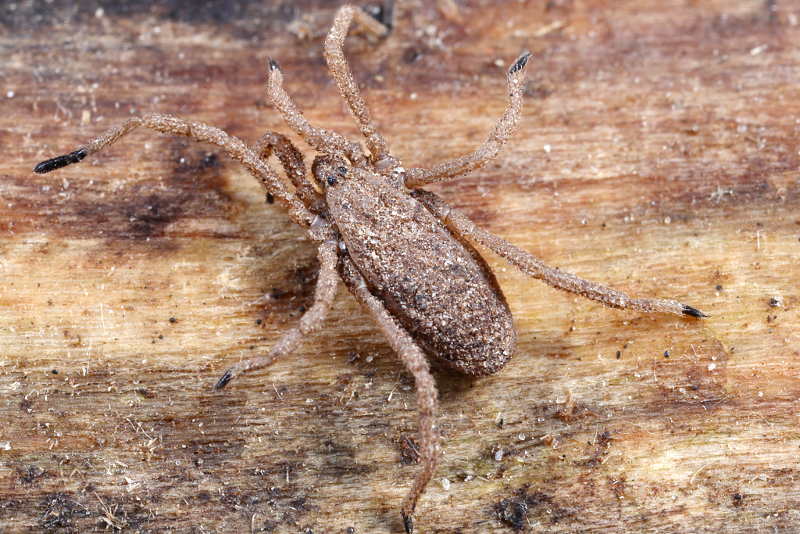
Trogulus tricarinatus

Trogulus tricarinatus
literature:
- Wijnhoven, H. & Noordijk, J. & Heijerman, T. 2014 het hooiwagengenus trogulus in nederland (opiliones: trogulidae) — Nederlandse Faunistische Mededelingen 42: 1-10.